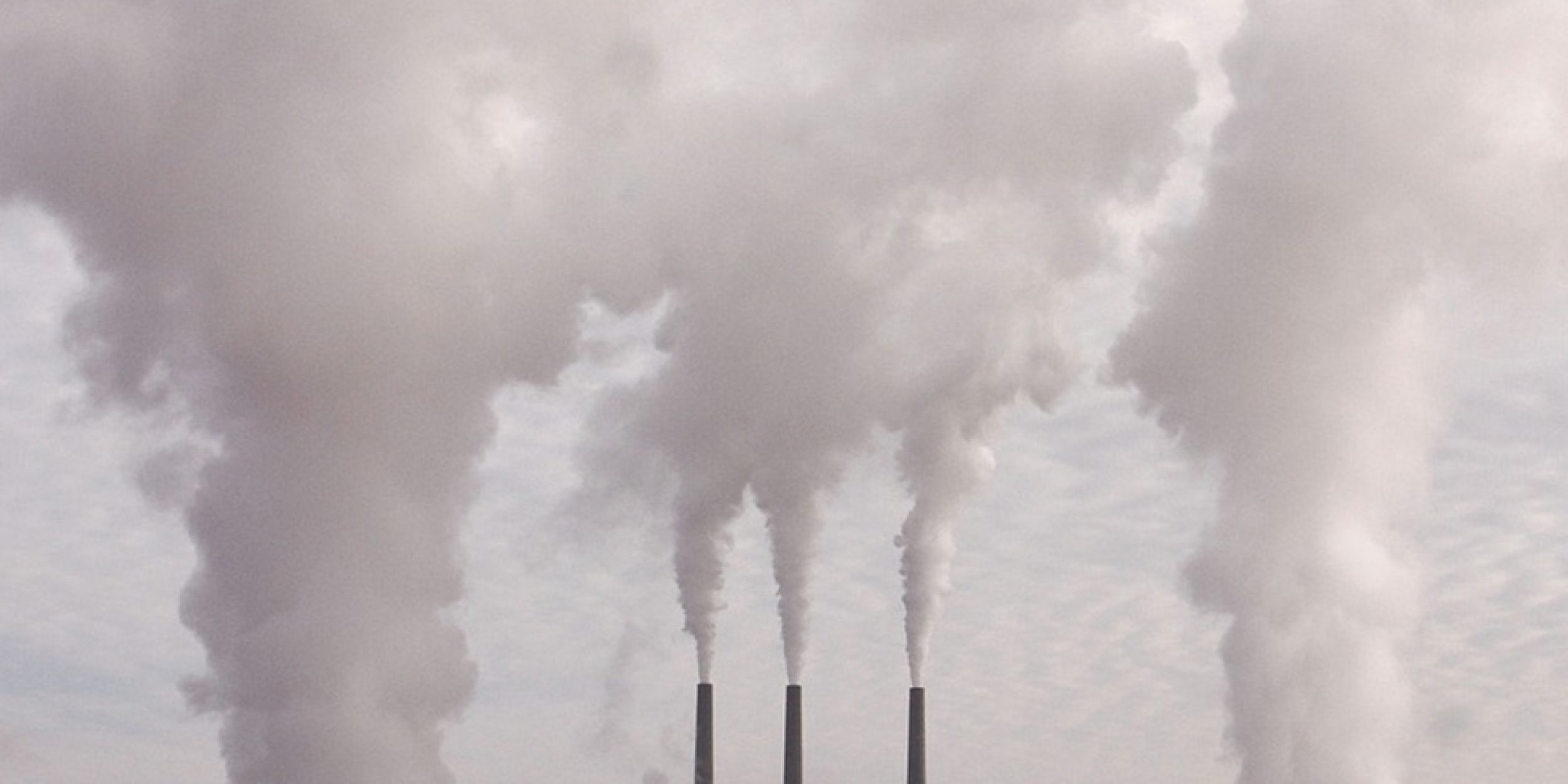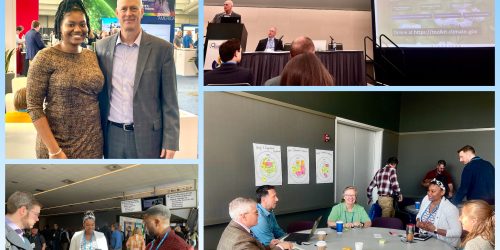



The NOAA greenhouse gas community is organizing a workshop to solidify NOAA’s leadership role in the provision of greenhouse gas (GHG) measurements, models, and products through increased coordination of relevant activities and more streamlined product delivery. The workshop will be hosted by the Office of Atmospheric and Oceanic Research’s Climate Program Office (CPO).
Location: Silver Spring, MD
Expected outputs and outcomes of the workshop:
- Improved awareness and coordination of all GHG activities through exchange of information and networking across NOAA
- Increased visibility of NOAA GHG efforts and easier access to NOAA GHG data, models and products, including more centralized web presence and new public facing products, such as a NOAA State of Science Fact Sheet on GHGs
- Plan for addressing the Earth Systems Integration Board (ESIB) 5 year outcome: “Develop GHG observation and modeling capabilities with NOAA domestic and international partners to reliably track changes in natural and human-made GHG emissions and sinks over time and at local, regional, continental, and global scales. Ensure the quality and necessary scientific stewardship of in situ and remotely sensed data sets from NOAA and partner observing systems.”
Update: Registration is now closed.
Agenda and Presentations
Global GHG measurements and modeling
Atmospheric GHG measurements
- NOAA (GML) role in providing the global background and measurement compatibility with the GGGRN – Arlyn Andrews, GML
- Constraining models and satellite measurements with atmospheric profiles – Colm Sweeney, GML
Oceanic carbon measurements, 20 min each
- Surface ocean pCO2 measurements (SOCONET) – Rik Wanninkhof, AOML
- Decadal Ocean interior constraints of carbon from [US] GO-SHIP – Brendan Carter, PMEL/CICOES
Constrain global sources and sinks of CO2 and CH4 with models
- CarbonTracker CO2 – Andy Jacobson, GML
- CarbonTracker CH4 (with isotopes) – Lori Bruhwiler, GML
- GFDL global earth system modelin g – Elena Shevliakova, GFDL
National, regional, local GHG measurements and modeling
US national and regional GHG measurements and modeling
- The unique role of NOAA in national GHG MMRV – nonCO2 GHGs – Steve Montzka, GML
- The unique role of NOAA in national GHG MMRV – CO2 (CT-L CO2 and radiocarbon) – John Miller, GML
- CSL in situ measurements, mobile measurements, aircraft campaigns – Jeff Peischl/Steve Brown, CSL
- CSL regional modeling and emission inventories – Brian McDonald, CSL
US urban/local GHG measurements and modeling
- ARL surface, mobile, and aircraft measurements/ direct GHG flux measurements – Xinrong Ren/John Kochendorfer, ARL
- HYSPLIT transport and dispersion modeling: uncertainties/evaluation/development (linking atmospheric concentrations and fluxes) – Mark Cohen, ARL
- ARL urban GHG MRV prototype – Christopher Loughner, ARL
Emerging future capabilities
- GHG ocean fluxes (OAP and PMEL) – Jessica Cross, PMEL
- NOAA Satellite capabilities (OAR and NESDIS) – Shobha Kondragunta, NESDIS
- GRAAPES (CSL, GML and ARL) – Brian McDonald, CS
- CPO research and collaborations across NOAA and with external community (CPO) – Monika Kopacz, CPO
For more information, contact Shiv Das.










